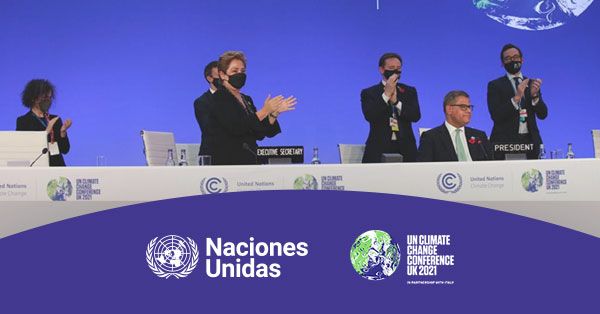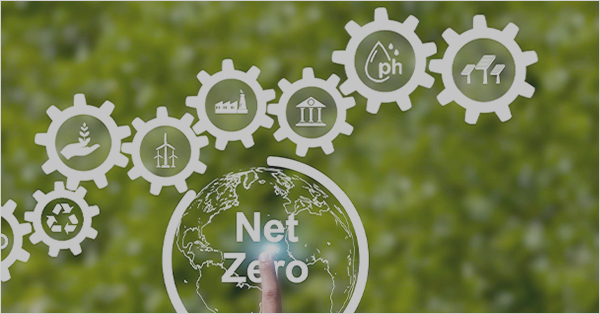
The Paris Agreement (PA) includes a global goal on adaptation to the adverse impacts of climate change – in Article 2(b). New financial pledges to support developing countries in achieving this goal were made public at COP26. In addition, new rules for international cooperation and carbon trading mechanisms (included in “Article 6”), agreed at COP26, will also generate additional resources for adaptation finance. In addition, the new rules for international cooperation and carbon trading mechanisms (included in “Article 6”), agreed at COP26, will also generate additional resources for adaptation finance. In particular, it was decided that a share of the proceeds of the new UNFCCC market-based mechanism established by Article 6.4 of the PA will be raised to assist developing country Parties that are particularly vulnerable to the adverse effects of climate change to meet the costs of adaptation.
While there has been progress in the process of prioritising adaptation in the Glasgow Climate Pact, in practice there have been no substantive achievements. In this regard, there was an increase in statements on the need to address the difficulties and complexities involved in adaptation actions and the need to make the Glasgow – Sharm el-Sheikh Work Programme operational, to enable full and sustained implementation of the Global Goal on Adaptation (Paragraph 11, CMA.3), as well as to measure progress. Among other things, this work programme will help to improve understanding of the overall adaptation goal and to determine progress in that direction.
Moreover, the PA (Article 9.4) states that the provision of scaled-up financial resources should aim to achieve a balance between adaptation and mitigation. Indeed, there is a political aspiration to achieve a balance between mitigation and adaptation, albeit with a higher share of adaptation finance going to the most vulnerable countries. However, it is evident from the Fourth Biennial Assessment and Overview of Climate Finance Flows that adaptation finance has remained at only 20-25% of committed concessional finance from all sources.
COP26 urged developed nations to at least double their collective provision of adaptation finance by 2025 from 2019 levels to help achieve this balance between adaptation and mitigation (Paragraph 18, CMA.3). Parties welcomed the new pledges to the Adaptation Fund (totalling over USD 350 million) and the Least Developed Countries Fund (LDCF) (totalling over USD 600 million), which will translate into support for the most vulnerable to strengthen their resilience to the worsening impacts of climate change.
On the other hand, issues related to addressing Loss and Damage (L&D) continue to make little progress. Despite multiple mentions of equity in the discussions and sessions leading up to COP26, no substantive definitions of L&D have materialised in the agreements.
The Santiago Network was established at the previous COP25 to catalyse technical assistance to avoid, minimise and address L&D in developing countries. At COP26, Parties adopted the Network’s functions and established a process to further develop the necessary institutional and funding arrangements.
This progress will identify technical assistance needs and priorities, and more effectively catalyse demand-driven technical assistance to prevent, minimise and address loss and damage at local, national and regional levels.
The Parties also established the Glasgow Dialogue, which will take place over the next three years, to discuss funding arrangements for activities to avoid, minimise and address L&D.
Responding to current and future climate risks requires significantly scaling up adaptation finance from all sources, i.e. public and private. All actors must be involved: governments, financial institutions and the private sector. In this context, declarations have been made to promote the financing of projects that reverse the loss, such as the Joint declaration Joint Statement by the Multilateral Development Banks: Nature, People and Planet .
Multilateral Development Banks further commit to develop projects, business models and/or innovative financing instruments to support economic activity, which seek to reverse the drivers of nature loss and promote the protection, restoration and sustainable use of nature and its services to people.
COP27 in Sharm el-Sheikh, Egypt, in 2023, will be a conference focused on adaptation and its financing, as Africa has been insistently calling for substantive financial resources to adapt while contributing to mitigation to the best of its ability. Almost equally, L&D will be equally central.
Therefore, the funding flows mobilised to meet the current and future collective goal must be scaled up to ensure that vulnerable countries can meet their adaptation needs, reduce their vulnerability and increase their resilience, to cope with various climate hazards such as, inter alia, floods and droughts.







 Stay updated on the latest trends of Green Finance
Stay updated on the latest trends of Green Finance


